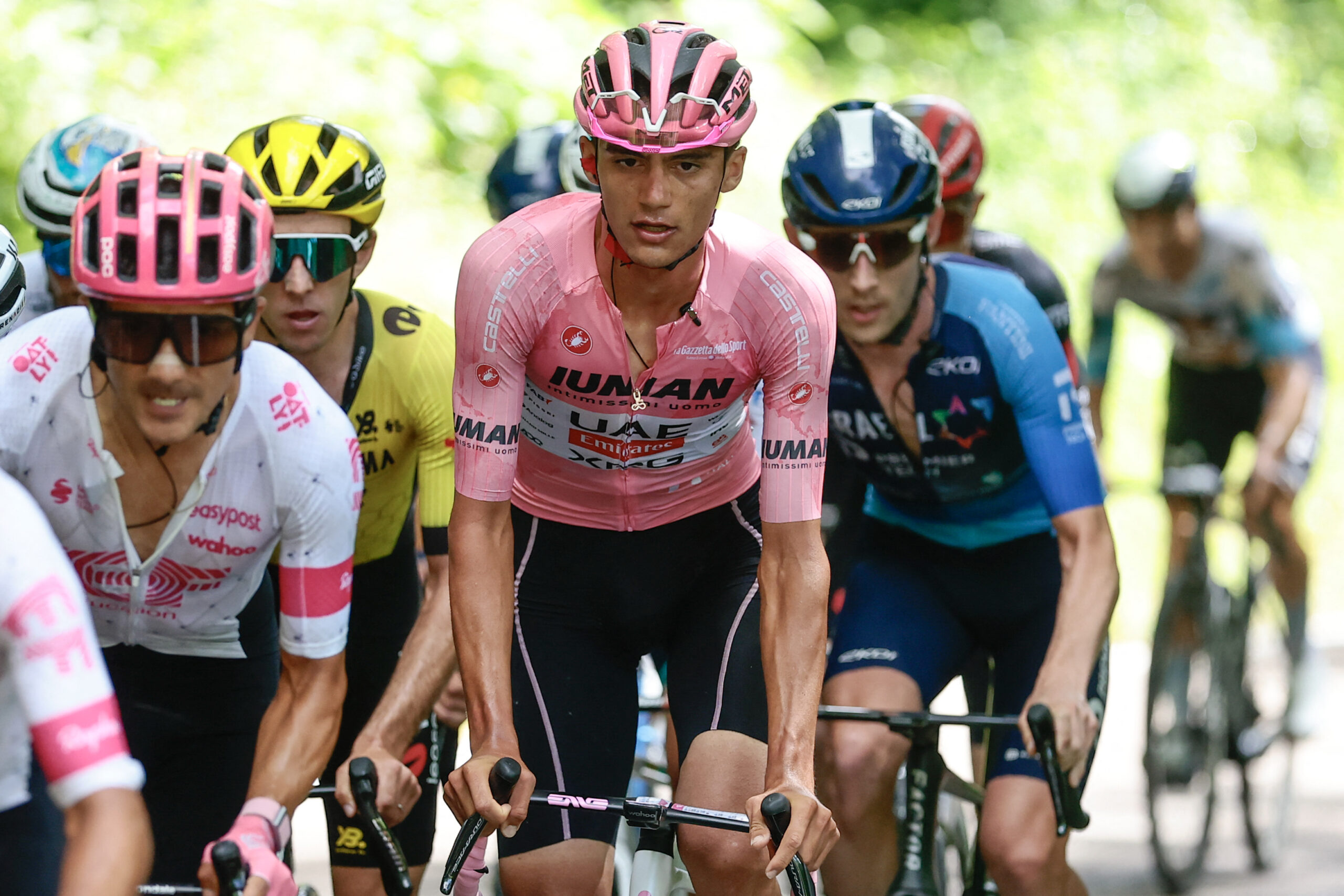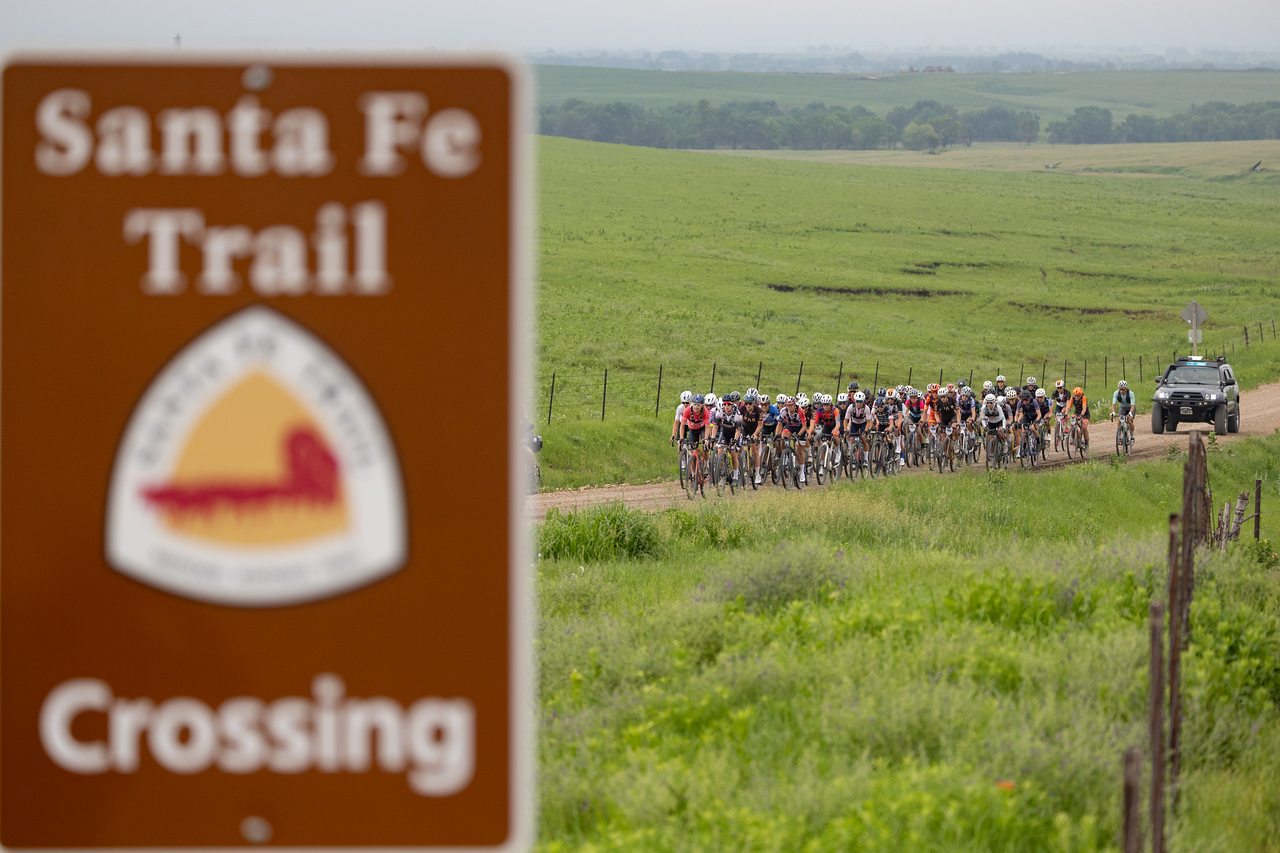James Colgan
;)
Nelly Korda’s second round at the U.S. Women’s Open is getting the Masters’ social media treatment.
Getty Images
Someday, we might talk about Nelly Korda’s second round at this U.S. Women’s Open as the moment her career changed.
For Nelly, a victory at Erin Hills would be the crown jewel of her otherwise sparkling career, bringing her 60 percent of the way to the grand slam and furthering her climb to the summit of the women’s game. Her 67 on Friday, to move to five under for the tournament and well within second-round leader Mao Saigo, would be the catalyst that started it all, surging her up the leaderboard.
For now, though, we’re talking about Nelly Korda’s second round at the U.S. Women’s Open because we can see it. All of it. Every single broadcast shot. For free, too — coming to us live on the U.S. Women’s Open Twitter feed.
On Friday afternoon, Korda’s second-round 67 at Erin Hills earned the so-called “Masters” treatment from the USGA’s content team: A 16-minute superclip of every shot from her round that lives on the USGA social media channels (as Augusta National does with all competitors in the Masters app each year). By nature, the video is nothing special — but like so many other core pieces of the golf “content” world in 2025, it is the exact kind of catnip that lands as music to the ears of golf’s hardcore fans.
Several days ago, I was struck by a comment made by USGA CEO Mike Whan during his annual state-of-the-state at the U.S. Women’s Open. Whan came to the USGA from the LPGA, where he’d worked for several years (and to many positive endorsements) bolstering the state of women’s golf’s largest professional tour. After arriving at the USGA, he helped to oversee changes that made the Women’s Open the largest purse in the women’s game, and bolstered the number of network hours to the most of any women’s event all season.
Whan has a long-winded reputation with the press, and on occasion, that tendency can make him an effective filibusterer. On Tuesday at Erin Hills, though, that style yielded a gem. A reporter asked Whan to ignore his laundry list of positive accomplishments with the LPGA and reflect on his regrets — perhaps in the hopes of delivering a lesson for inbound LPGA commissioner Craig Kessler — and Whan didn’t flinch.
“I really believed that I could get us a lot more network hours at the LPGA than I was able to get us,” Whan said. “I’ve said this many times. I don’t know if women’s golf — when somebody says to me, Why doesn’t women’s golf play for more money? I would say, well, they generate about a fifth of the viewership of men’s golf.”
“But they also get about a tenth of the network opportunities of men’s golf,” Whan said. “I am not really sure if it’s [the] chicken [or the] egg. I’d love to have two seasons where women are on network TV for 37 weeks in a row and see what that looks like, but we never really had that opportunity. I have that regret.”
Whan’s moment of clarity on the topic of television was revealing of his approach to both jobs: his previous and his current.
In the case of his previous job, Whan approached the issue of television as a problem that needed fixing. If women’s golf had too few hours on network TV, then the easiest solution was simply to … get more network TV hours. Yes, the LPGA’s viewership is inarguably lower than most men’s professional golf (though it does routinely out-rate LIV), but the number of hours the LPGA spends annually on national TV networks pales in comparison to the PGA Tour.
The question Whan faced in his efforts to solve the problem was just as he posed it: Chicken or Egg? Is the source of the LPGA’s lack of major TV hours lackluster TV viewership, or is lackluster TV viewership for the LPGA being caused by a lack of major TV hours?
At the USGA, though, Whan seems to have shifted his perspective: The TV problem is not an hours issue, it is a volume issue.
Yes, the U.S. Women’s Open holds extra weight in rights negotiations, making it easier to have more hours on NBC. But any golf fan will tell you that televised hours are only one component of a great tournament. For years, the Masters had the most limited televised window in golf while simultaneously serving as the sport’s most beloved event.
The key to Augusta National’s success — and to a lesser extent, the U.S. Women’s Open — is making the most out of those hours. That is the approach that appears to be dominating Whan’s USGA as it heads into the weekend from Erin Hills: Not just more, but better.
This week’s U.S. Open telecast will have the most hours of any event this year on network TV and the full weight of the NBC weekend golf timeslot. It will also have NBC Golf’s full bag of toys: a host of drones and unique graphics packages to go along with the first application of Drone Tracer technology in the women’s game. Joining these additions is the most robust digital media offering ever at the U.S. Women’s Open, with clips like Korda’s 16-minute highlight reel and teaser videos shot by the USGA’s in-house video team.
On their own, these changes are hardly enough to move the needle. But together they form a kind of volume-focused approach to women’s golf coverage that makes the tournament coverage feel more significant — and that’s not nothing.
Is it enough to turn the tide for women’s golf? The USGA and NBC can only control so many pieces of the puzzle. As Augusta National chairman Fred Ridley pointed out at the 2024 Masters, part of the reason for the WNBA’s groundswell in the Caitlin Clark era is the existence of a truly transcendent superstar. Women’s golf might not have its Caitlin Clark — or Tiger Woods — figure yet.
But it does have Nelly Korda, who enters the weekend at Erin Hills with a real chance at a career-altering victory. A Sunday afternoon on NBC with Korda firing bullets in contention would go a long way toward delivering the kind of viewership and story that every sports league craves.
A Korda victory would be an outcome befitting the effort the USGA and NBC have put forth into this championship. But as the sun sets on Friday, all we know for sure is that we’ll be able to see it all. That’s a step in the right direction for the chicken or the egg.
;)
James Colgan
Golf.com Editor
James Colgan is a news and features editor at GOLF, writing stories for the website and magazine. He manages the Hot Mic, GOLF’s media vertical, and utilizes his on-camera experience across the brand’s platforms. Prior to joining GOLF, James graduated from Syracuse University, during which time he was a caddie scholarship recipient (and astute looper) on Long Island, where he is from. He can be reached at james.colgan@golf.com.













